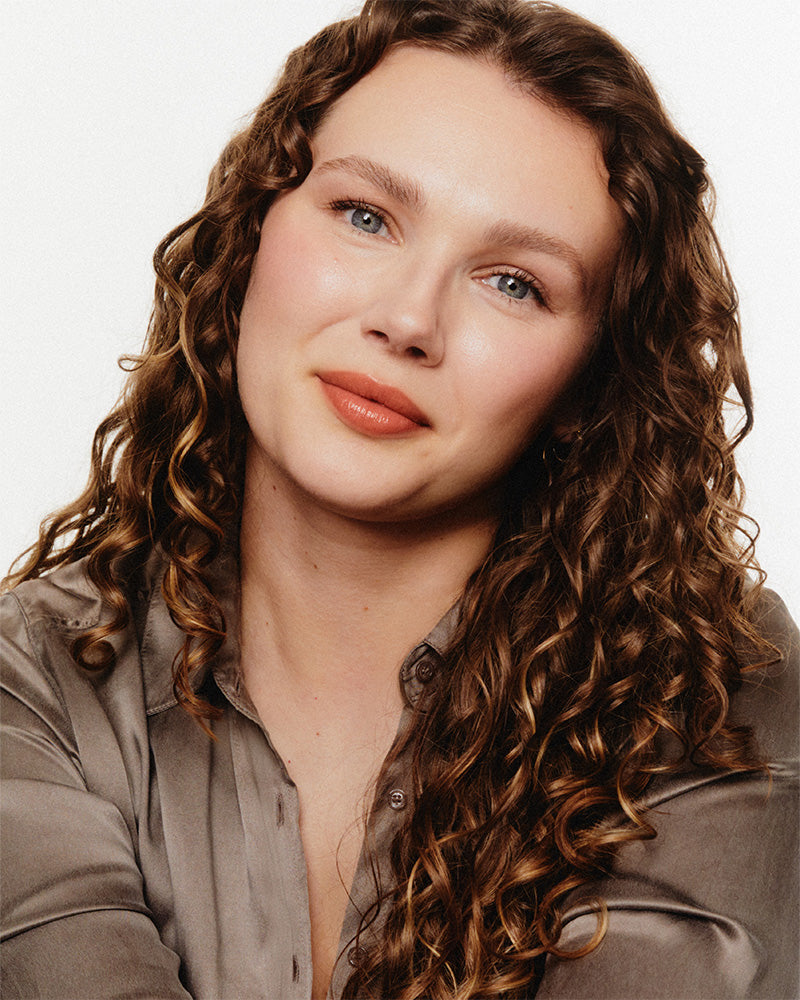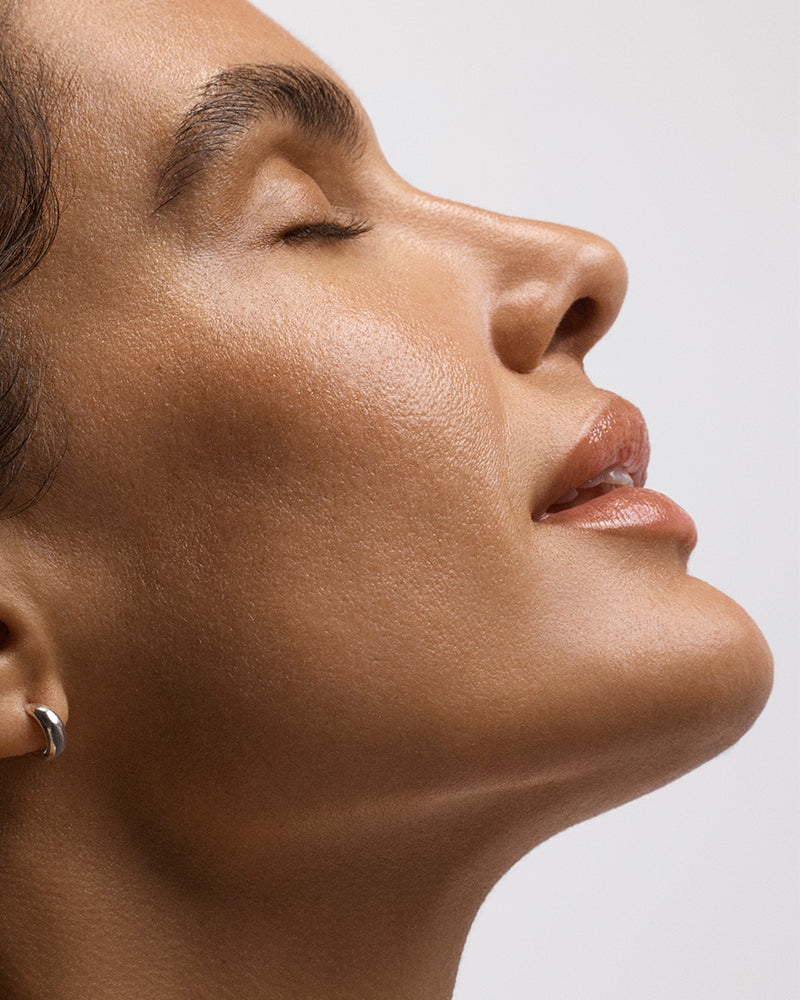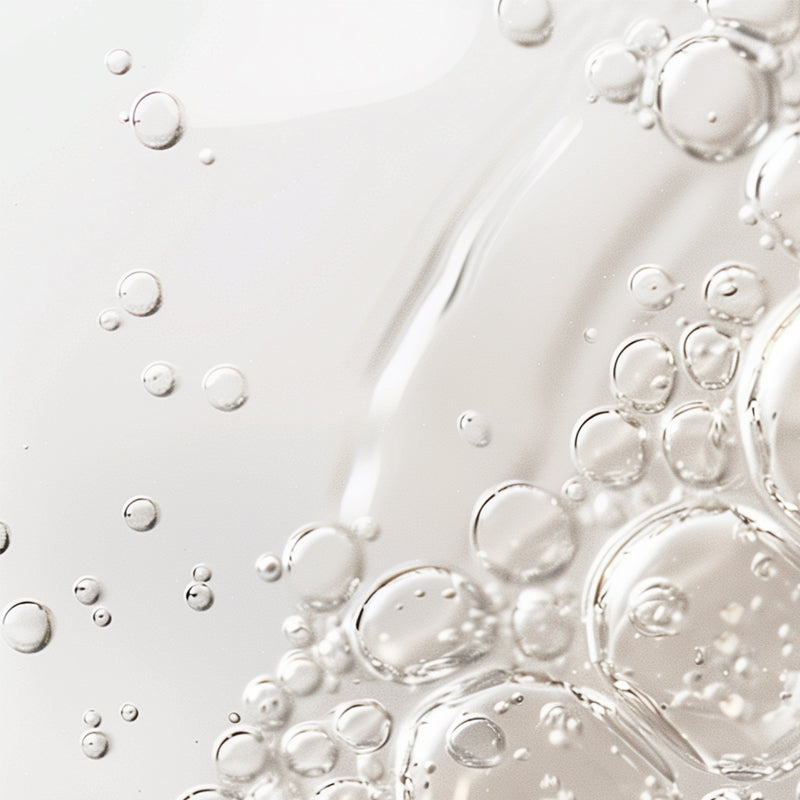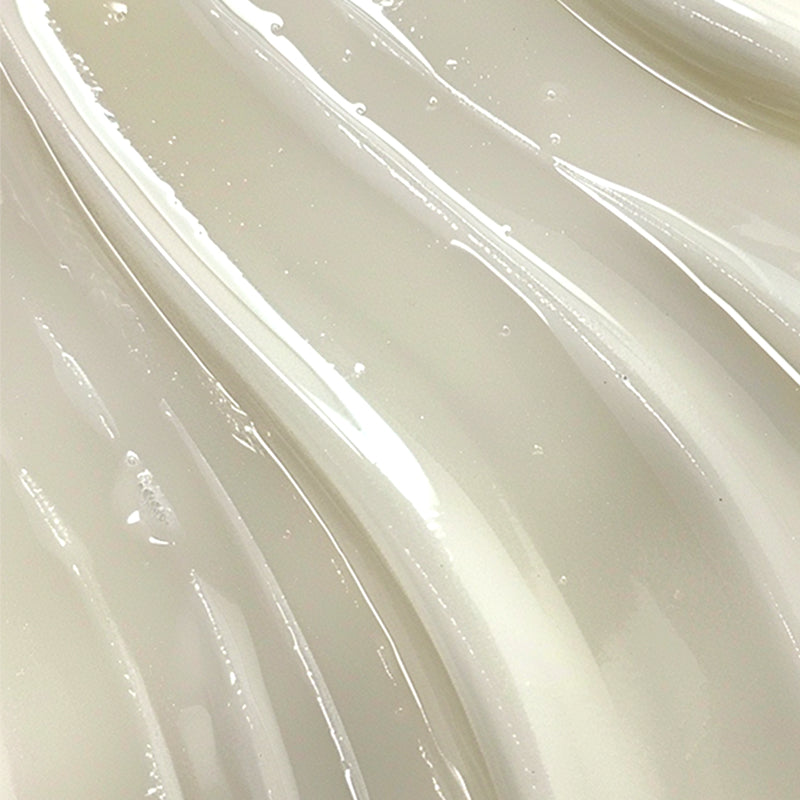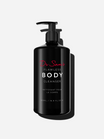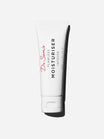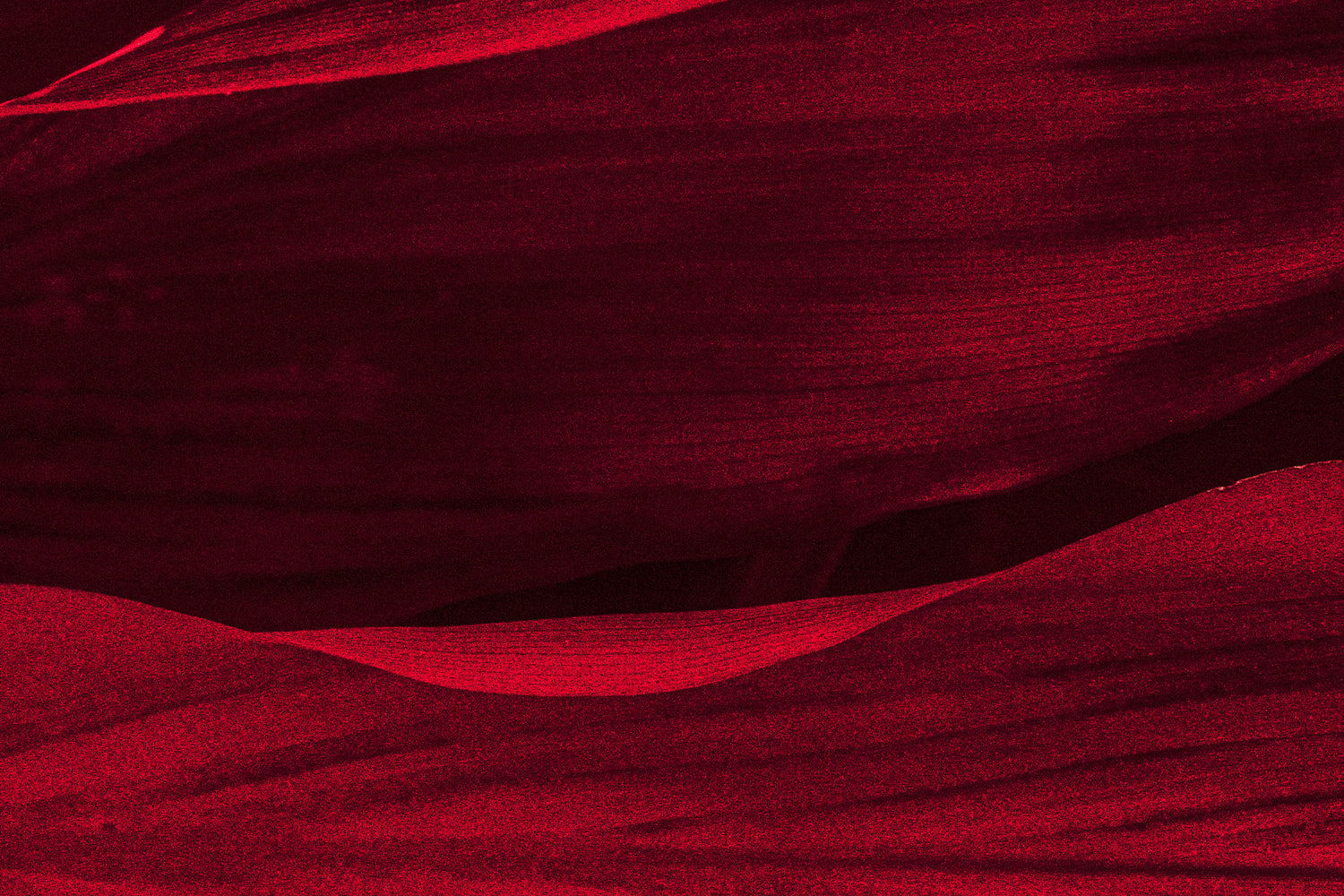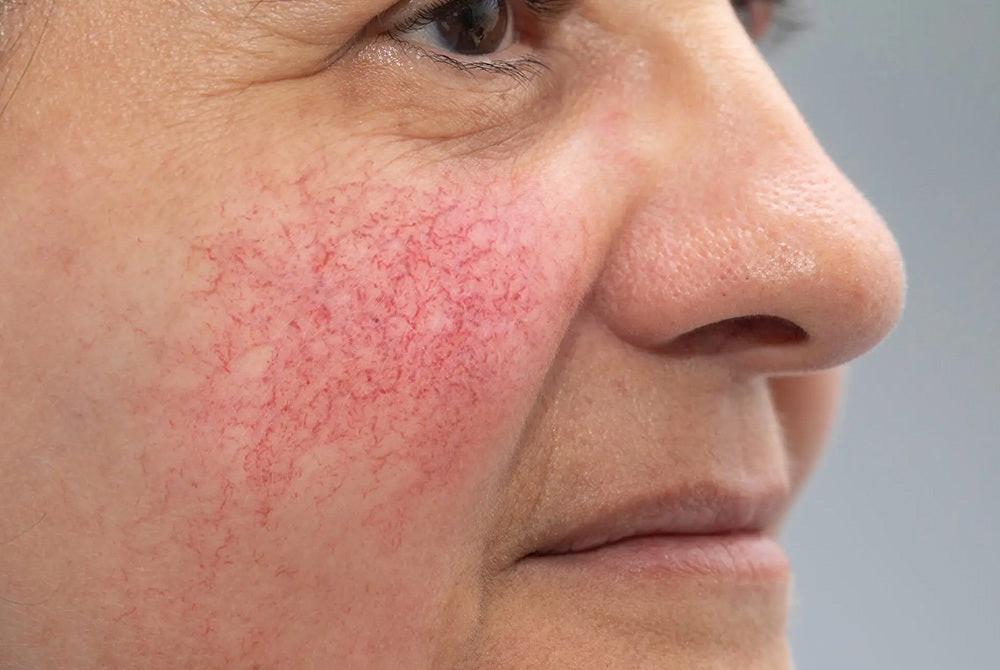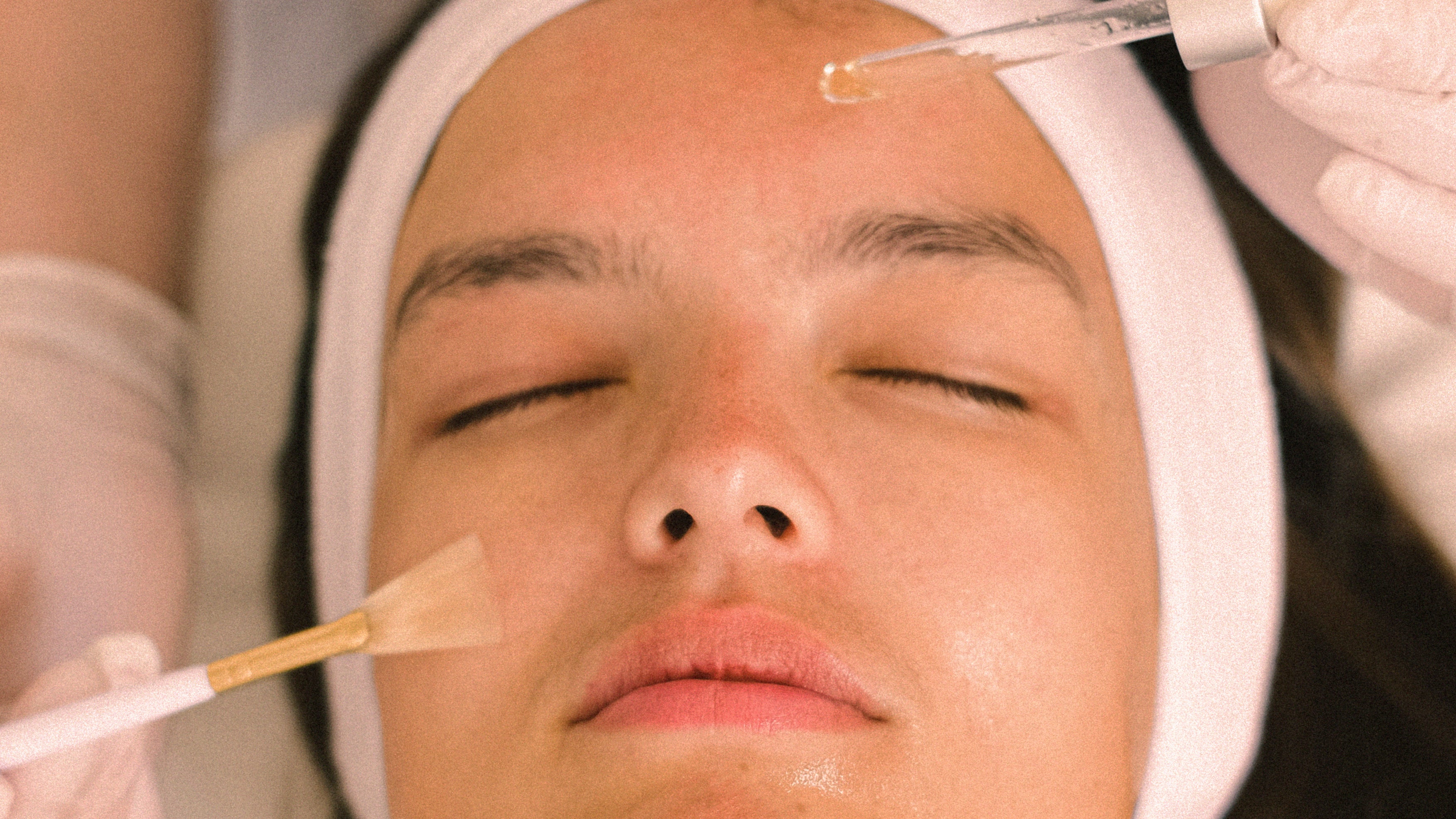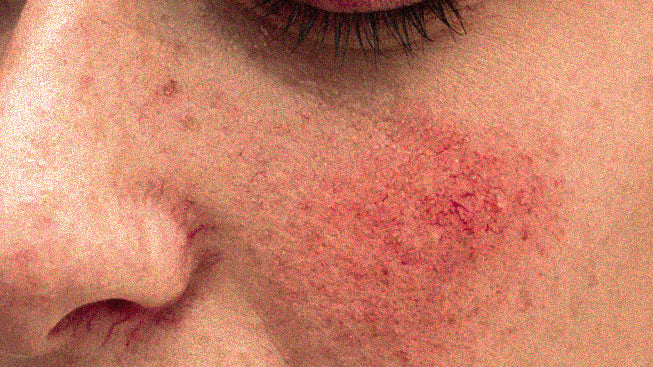Rosacea is one of those conditions that can really ruin your day.
It’s a tedious mix of redness, spots and dry, uncomfortable skin which may flush up at any give moment due to a myriad of triggers. As someone with a definite ‘sprinkle’ of rosacea myself, I thought it would be helpful to revisit the strategy Dr Emma and I use in clinic, given that so many of you had questions on it at our recent Tuesday Check-up on Instagram.
It’s useful to think about rosacea in terms of its impact on:
1) The skin barrier
2) The blood vessels
3) Inflammation, leading to papules and pustules
That way we can see how we can target the different issues to produce a cohesive plan to control it.
The skincare for rosacea low-down
Gentle cleansing
Non-foaming is key - try La Roche Posay Toleriane Dermo-cleanser. Avene Tolerance Extreme is also great. And for normal/combination skin we like Flawless Cleanser.
Hydration
Seek out a non-comedogenic unfragranced moisturiser as acne and rosacea can overlap. Try something lighter for day - like Cerave Moisturising Lotion or Flawless Moisturiser Light. And at night something richer, like Avene Recovery Cream or Flawless Moisturiser.
Things to skip - physical exfoliation and toners.
Daily UV protection
This is essential as UVA rays are around every day of the year and penetrate through glass - and UV is one of the biggest triggers for rosacea. Try an all-physical sunscreen if chemical filters irritate your skin - those with a tint are a great multi-tasker for reducing the appearance of redness too. We like Jan Marini Physical Protectant and Neostrata Sheer Physical Protection.
Topical Antioxidants
Where tolerable, an antioxidant can be helpful as part of an environmental aggressors protection strategy. An unfragranced serum like Skinceuticals CE ferulic is ideal.
Do lifestyle measures influence rosacea?
Alcohol is one of the commonest triggers for the vascular aspect of rosacea - red wine being the strongest provocateur as it also triggers histamine release, so it’s a double whammy for flushing. For most, the odd tipple is fine but you’ll know your skin best in this regard. Caffeine, hot drinks and spicy food can also be flush-provoking
As far as diet goes, a low glycaemic index, anti-inflammatory diet will serve you well if you have rosacea - meaning plenty of antioxidants from widely coloured veg and plenty of omegas 3s from oily fish.
Exercise - whilst facial redness is exaggerated when we exercise, it’s still great for stress reduction and health as a whole, so it shouldn’t be avoided. Do take care to avoid strong heat - so saunas, steam rooms and hot yoga are best avoided, as they promote exaggerated blood vessel dilation. And be sure to wear sunscreen if exercising outdoors.
What Actives target inflammation?
Over-the-counter
At the mild end of the rosacea spectrum, there are now some good non-prescription products based around gentle Actives like azelaic acid and niacinamide. We like:
The Inkey List Niacinamide
The Ordinary 10% Azelaic Acid
Paula’s Choice 10% Azelaic Acid Booster
Always start new products one at a time and give it at least a week before adding anything additional. This way if your skin isn’t happy, it’s clear what’s causing the issue. I’ll often build a routine from scratch for someone with rosacea this way - it’s slow, but it avoids nasty surprises.
Are retinoids OK in rosacea?
The answer is for, many, yes. Whilst they’re not indicated when rosacea is active, once things settle down a gentle retinoid can be helpful to refine texture, improve the red marks left behind by rosacea blemishes and assist with addressing premature ageing. They’re also helpful in those with acne/rosacea overlap, which is very common. It must be started very slowly eg every 3rd day and buffering first with moisturiser is highly recommended.
Gentle retinoids we like:
The Ordinary Granactive Retinoid
Medik8 Crystal Retinal
Differin Cream (on prescription in the UK, OTC in the US)
What prescription actives help in rosacea?
For more active inflammatory rosacea - characterized by centro-facial (cheeks, nose and chin) redness, papules and pustules (red spots and red spots with white heads), you’ll often be best heading straight to prescription topicals without too much dithering. Partly because they’re more potent, and in part because the vehicle bit of the topical will often be simpler and less tricky for rosacea-prone skin, than a cosmetic product. The vehicle is also important as it determines how cosmetically elegant the product is. This wasn’t something Emma and I were ever taught in training but it’s actually critical in the everyday user experience - it doesn’t matter how effective something is, if the application of it means you can’t wear make-up over the top.
Prescription topicals in current use:
Finacea -15% azelaic acid
Soolantra - ivermectin
Rosex and Metrogel - topical metronidazole in a cream and gel format respectively.
Whilst topical agents for redness, like Mirvaso (brimonidine) are available, they can be tricky to integrate due to the possibility of rebound redness when they’re stopped. Watch this space for new developments in this area.
What about oral treatments for rosacea?
Oral antibiotics do have a role to play in the more severe end of the rosacea spectrum. The most commonly used are the tetracycline family - doxycycline and lymecycline - and are used in more active rosacea and are typically used for 3-6 months in cycles. Low dose isotretinoin is also used in selected cases where pulsed antibiotics and topical agents aren’t sufficient to deliver results.
The key message though - treat it early! Adopting the preventative strategies can make a big difference to disease evolution and can help reduce severity over time.

